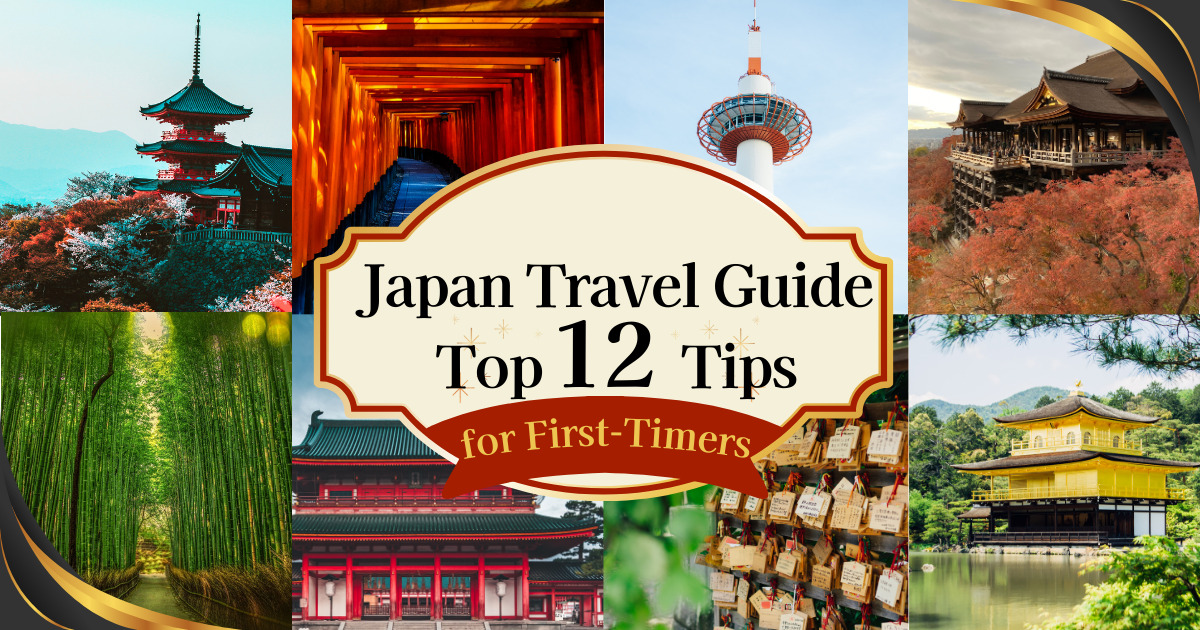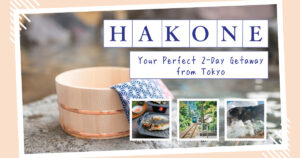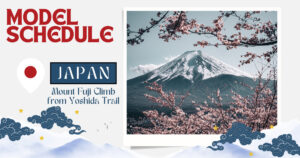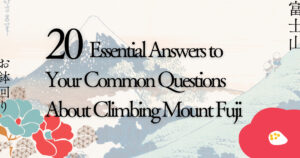Embark on your Japanese adventure with our “Essential Japan Travel Guide: Top 12 Tips for First-Timers”.
Dive into the heart of Japan’s unique blend of tradition and modernity, and navigate your journey with ease and excitement.
Navigating Japan’s Public Transport: A Beginner’s Guide
Tokyo boasts an impressive public transportation network, including surface trains, subways, and buses. Upon arrival, it’s wise to purchase a refillable transit card. These cards are available at any vending machine and are valid for all trains and buses.
Adhering to local customs in public transportation is crucial in Japan. It’s beneficial to familiarize yourself with these practices before your trip. In the subway, in particular, it’s important to observe local etiquette.
During your commute, ensure your phone is on mute and avoid taking calls. If you’re seated, be prepared to offer your seat to children, expectant mothers, seniors, or those with disabilities.
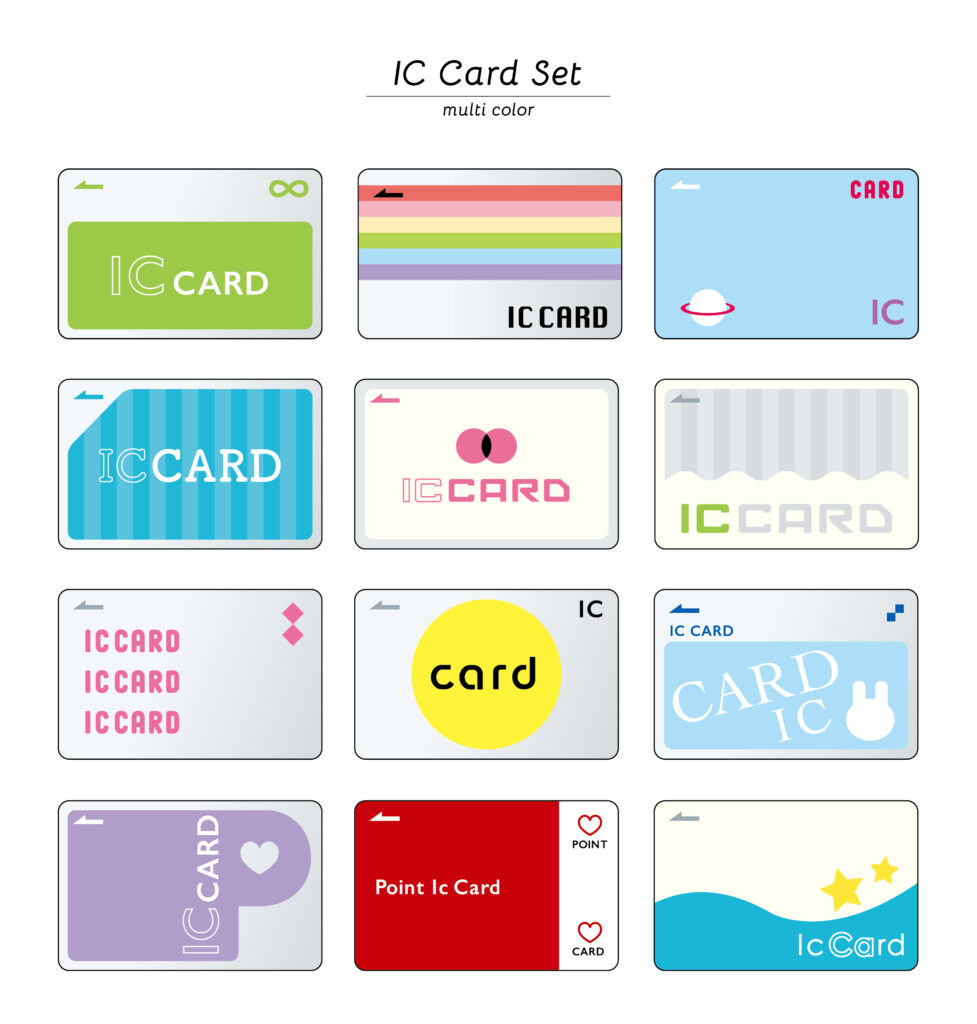
Preparing for Japan’s Weather: Seasonal Tips and Advice
Japan’s climate varies significantly with the seasons. During winter, the northern and central regions experience intense cold, with substantial snowfall in mountain areas.
Interesting tidbit: The northernmost point of Japan is a mere 30 miles away from Russia, bringing it close to Siberian levels of frigidity!
Conversely, in the peak of summer, temperatures in certain areas can soar to around 90 degrees Fahrenheit. The heat during this period is not only high but also humid, making ultralight and breathable attire essential. Also, be prepared to deal with mosquitoes.
Spring in Japan: A Season of Cherry Blossoms and Fresh Greenery
Spring in Japan is renowned for its pleasant climate and the stunning visuals of cherry blossoms and fresh greenery. In regions outside of Hokkaido and Tohoku, heavy jackets are unnecessary. However, late April to early May marks Japan’s Golden Week, a major holiday period. Travel during this time can be challenging due to crowded destinations, difficulty in securing Shinkansen (bullet train) tickets, and higher hotel rates.
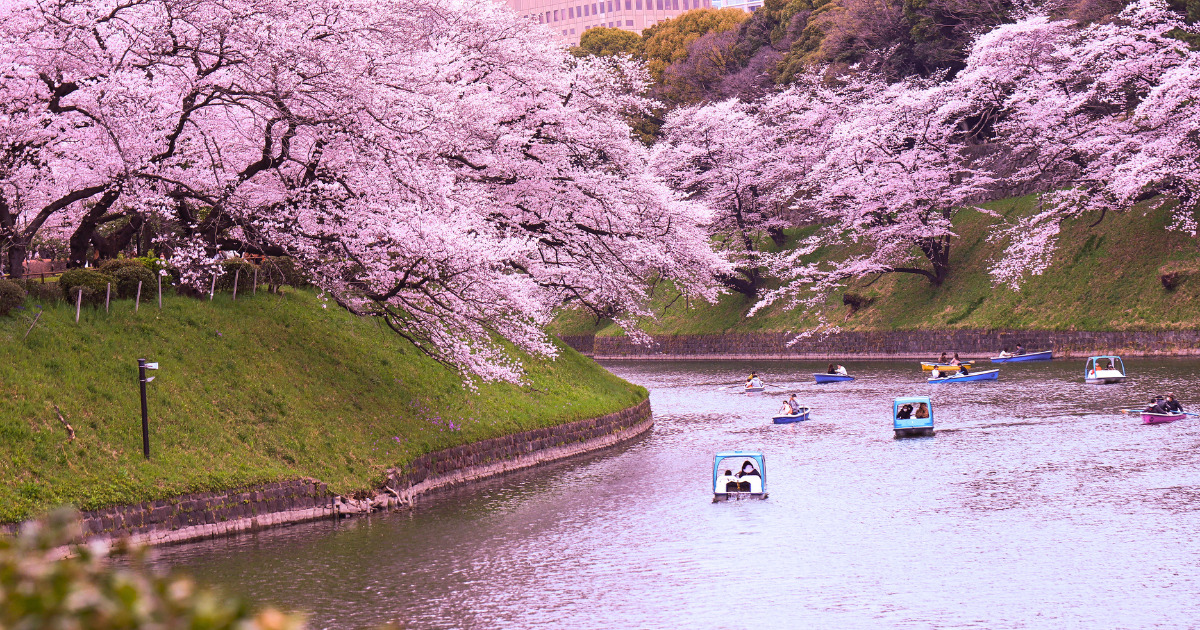
Navigating Japan’s Rainy Season: June and July
June and July in Japan are characterized by the rainy season, known as ‘Tsuyu,’ and frequent typhoons. If you’re planning a trip during these months, it’s advisable to have a flexible itinerary. The summer heat can be intense, especially in urban areas, making it less ideal for city tours. However, if beach destinations like Okinawa are on your agenda, summer can be a great time, but keep an eye on typhoon forecasts. Hokkaido, spared from typhoons, offers a brief but beautiful summer, perfect for enjoying various flowers.
Summer Festivals and Hokkaido: An Escape from the Heat
Despite the heat, summer in Japan is lively with festivals across the country. If you’re interested in experiencing these cultural events, prepare for the heat and visit. Hokkaido, with its milder climate, is a wonderful summer escape.
Autumn in Japan: A Kaleidoscope of Colors
Autumn is ideal for travel, with the leaves turning into a tapestry of colors. It’s a perfect time to explore the mountains. However, note that Mount Fuji is closed for climbing after September. For those keen on witnessing the autumn foliage, do check relevant websites, as the timing varies by region. In Tokyo, the best time is usually from late November to early December.
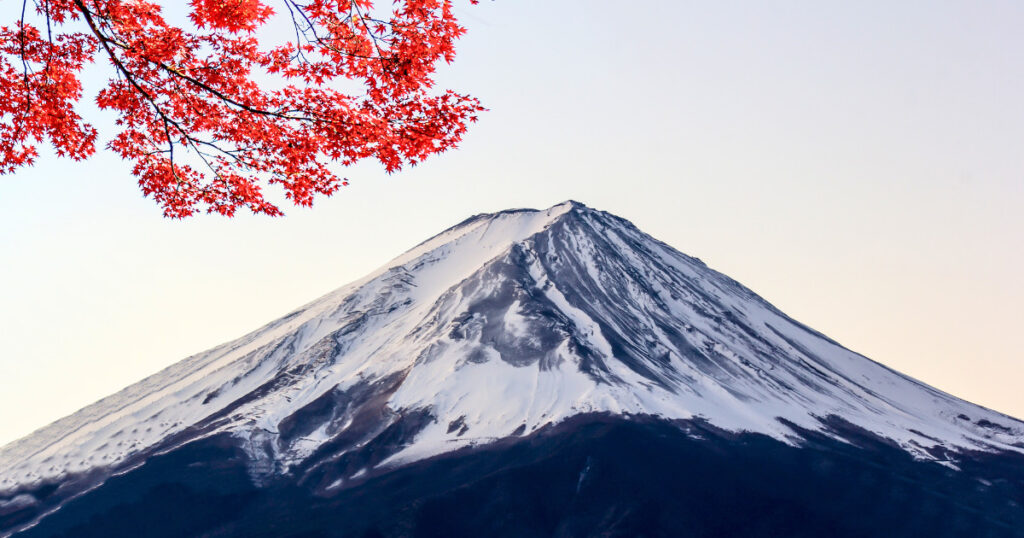
Embracing the Cold: Winter Travel in Japan
Are you someone who seeks out the cold, or do you prefer to escape it? Winter in Japan offers distinct experiences for both preferences.
Hokkaido, Japan’s northernmost island, is famed for its exceptional snow quality during winter. This makes it a haven for ski and snowboard enthusiasts. Gliding down Hokkaido’s slopes is often described as akin to sliding on cotton – a sublime experience that attracts winter sports lovers from around the globe.
While Tokyo and its vicinity see less snowfall, areas like Hakone in the mountains do experience frequent snow, accompanied by a biting cold. This period is ideal for indulging in traditional Japanese hot pot dishes (nabe). Why not pair these delicious, warming meals with some Japanese sake for a quintessential winter experience in Japan?
Finding Your Perfect Stay in Japan: Accommodation Tips
In Japan, space is a premium, and this is evident in everything from compact cars to cozy dining spots and accommodations. The country has efficiently utilized its limited space, so expansive areas are rare.
If you’re contemplating renting an apartment, be aware that Japan has stringent regulations for services like Airbnb. Hosts must possess official licenses, and regulations are becoming increasingly tight. Always verify the latest legal requirements before making your reservation.
Choosing a hotel is often a reliable choice. Given the general compactness of accommodations in Japan, trying out a capsule hotel(pod hotel) could be an interesting and unique experience.
This rephrasing maintains the original message but uses different words and structures to convey the same information.
Exploring Japanese Culture: What to Know Before You Go
Discovering Japan can be a more profound experience with a few essential tips in mind.
Learning basic Japanese phrases enhances communication and deepens your cultural understanding. This small effort can significantly enrich your experience.
In Japan, attitudes towards tattoos vary. While they are generally accepted in urban areas, traditional onsens often require them to be covered.
Prepare for an unusual yet fascinating experience with Japanese toilets, known for their advanced features like seat heaters and privacy sounds. They might seem strange at first but are a unique part of the Japanese lifestyle.
Eco-Friendly Travel in Japan: Managing Your Waste Responsibly
Japan’s streets are remarkably clean, a testament to the country’s strict no-littering policies. As a traveler, understanding and respecting this aspect of Japanese culture is crucial.
You’ll find plenty of vending machines in Japan, but unlike many other countries, eating on the streets is not common, and neither are public garbage bins. This might come as a surprise, but it’s part of the cultural emphasis on cleanliness.
If you end up with waste while exploring, it’s expected that you carry it with you until you find a disposal area. It’s quite usual for locals, especially women, to have small plastic bags in their purses for collecting trash accumulated throughout the day.
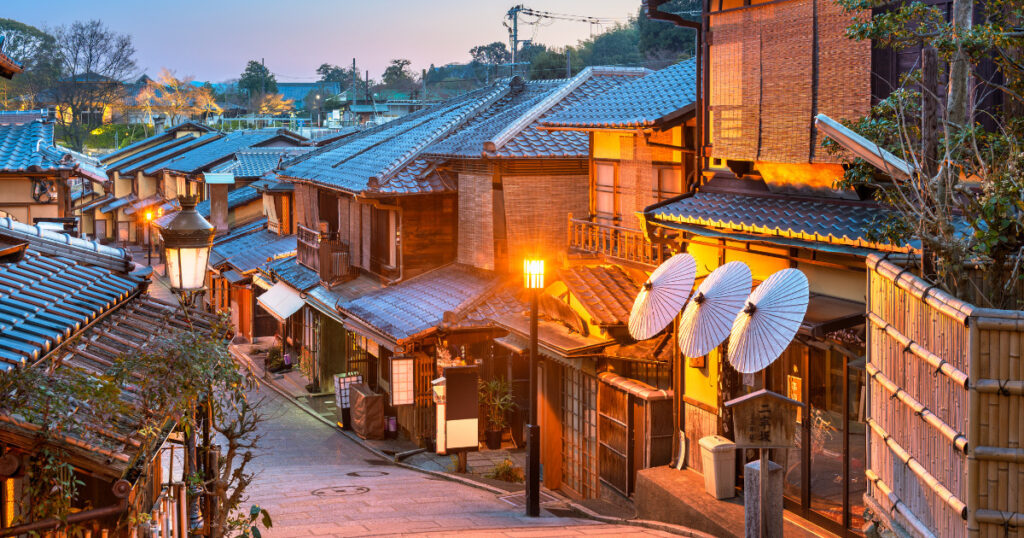
A Culinary Journey: Exploring Japan’s Diverse Food Scene
Japan is often a top contender for having the best food in the world. With a culinary landscape as diverse as it is refined, Japan offers a unique gastronomic experience at every turn.
While Tokyo boasts some of the finest sushi restaurants, the real charm of Japan’s food scene lies in its variety. From high-end eateries to the surprisingly delightful offerings of convenience stores like 7-Eleven, every meal in Japan is an adventure.
Traveling through Japan, you’ll quickly learn that the most extraordinary food experiences often come from the most unassuming places. Forget fancy dining settings; some of the best sushi can be found in tiny, cramped spots that prioritize flavor over frills.
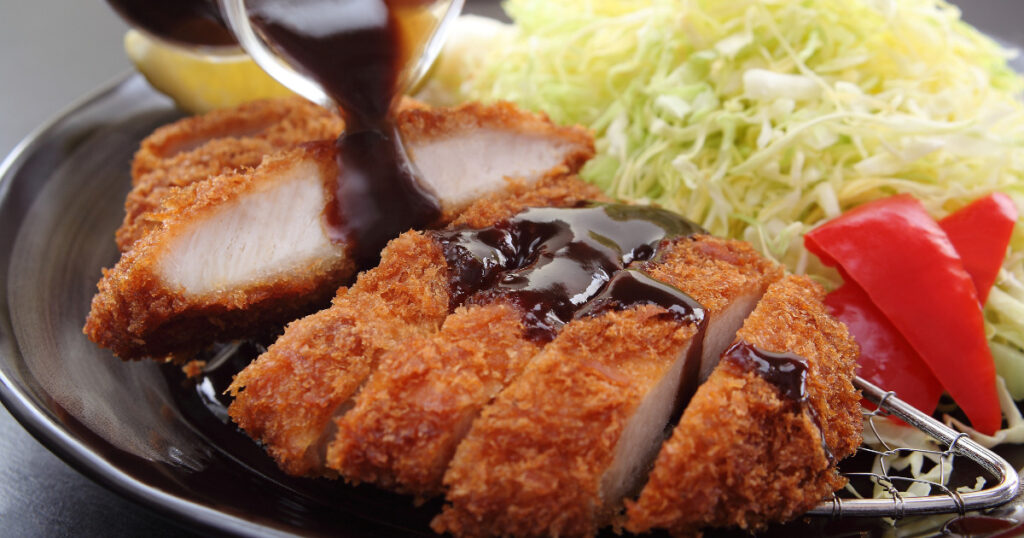
Understanding Japanese Etiquette: The Importance of Removing Shoes
In Japan, respecting local customs is key to an enriching travel experience, and one of the fundamental aspects of Japanese etiquette is the removal of shoes in certain places.
Upon entering any establishment in Japan, it’s wise to immediately check whether you should remove your shoes. This practice is deeply ingrained in Japanese culture, and overlooking it can be seen as disrespectful.
As you step inside, pause to observe your surroundings. If you notice cubbies filled with shoes or slippers neatly arranged at the entrance, it’s a clear sign to take off your shoes. These simple cues are a part of everyday life in Japan and help maintain cleanliness and respect for the space.
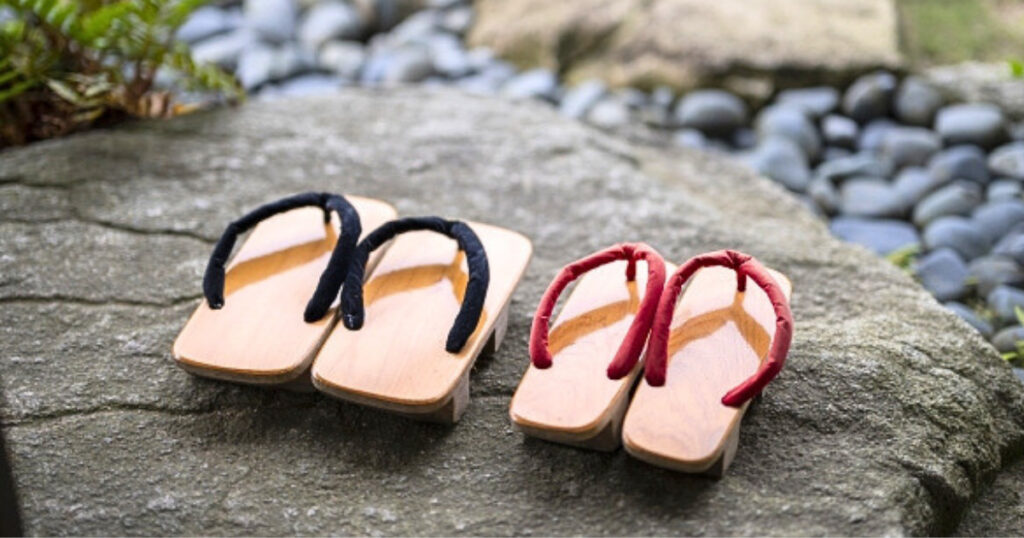
Hydration in Japan: Drinking Water Safety Tips for Travelers
Japan boasts a high standard of tap water quality. It’s generally safe to drink water straight from the tap in most areas, whether you’re in a city or a rural location. This ensures easy access to hydration without the constant need for bottled water.
While less common than in some countries, you can find public water fountains in parks and some public facilities. These fountains provide safe drinking water and are a good option when exploring outdoors.
For those who prefer bottled water, it’s widely available in convenience stores, vending machines, and supermarkets. Japanese brands offer a variety of mineral and flavored waters, catering to different preferences.
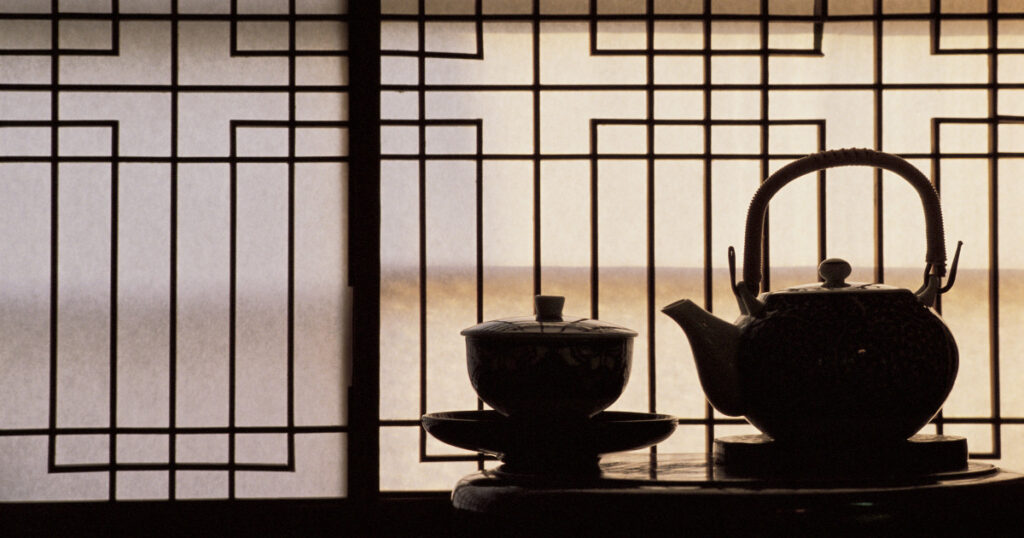
Overcoming the Language Barrier: Communication Tips in Japan
Navigating the language barrier in Japan can be a key aspect of your travel experience. While not everyone in Japan is fluent in English, there are ways to communicate effectively during your stay.
In hotels, major tourist attractions, and transportation hubs, you’ll often find staff who speak English. These places are well-equipped to assist international travelers, making basic communication in these areas relatively straightforward.
Embracing a few simple Japanese phrases can greatly enhance your interaction with locals. Phrases like ‘Konnichiwa’ (Hello) and ‘Arigato’ (Thank you) not only help in basic communication but also show respect and appreciation for the local culture.
Convenience Stores in Japan: Your Go-To for Everyday Needs
Convenience stores, or ‘konbini’ in Japan, are a cornerstone of daily life and a must-visit for travelers for a variety of reasons.
You’ll find convenience stores like 7-Eleven, FamilyMart, and Lawson at almost every corner in Japan, open 24/7. Their accessibility makes them perfect for quick stops at any time of the day or night.
Japanese convenience stores offer a surprising range of products and services. From freshly made meals, snacks, and drinks to ATMs, Wi-Fi, and even ticket booking services, they cater to a wide array of needs.
For travelers on a budget, konbini offer an array of affordable yet delicious food options, including bento boxes, rice balls (onigiri), and sandwiches. These stores also provide a variety of beverages, from coffee to unique soft drinks.
Tipping in Japan: Understanding the Local Etiquette
Navigating tipping customs is an important aspect of travel etiquette, and in Japan, the approach to tipping is unique.
In Japan, there is no culture of tipping. Service staff, including waiters, taxi drivers, and hotel employees, do not expect tips. The service industry in Japan is characterized by high standards, and excellence in service is provided without the expectation of extra rewards.
Offering a tip can sometimes lead to confusion or even be seen as disrespectful, as it goes against the local custom. Prices for services and goods in Japan typically include the cost of service, so paying the stated amount is the norm.
While tipping is not practiced, expressing gratitude for exceptional service is always appreciated. A polite thank you, or ‘Arigato,’ is more than enough to show your appreciation for good service in Japan.
Japan’s Cultural Tapestry: Harmonizing Tradition and Innovation
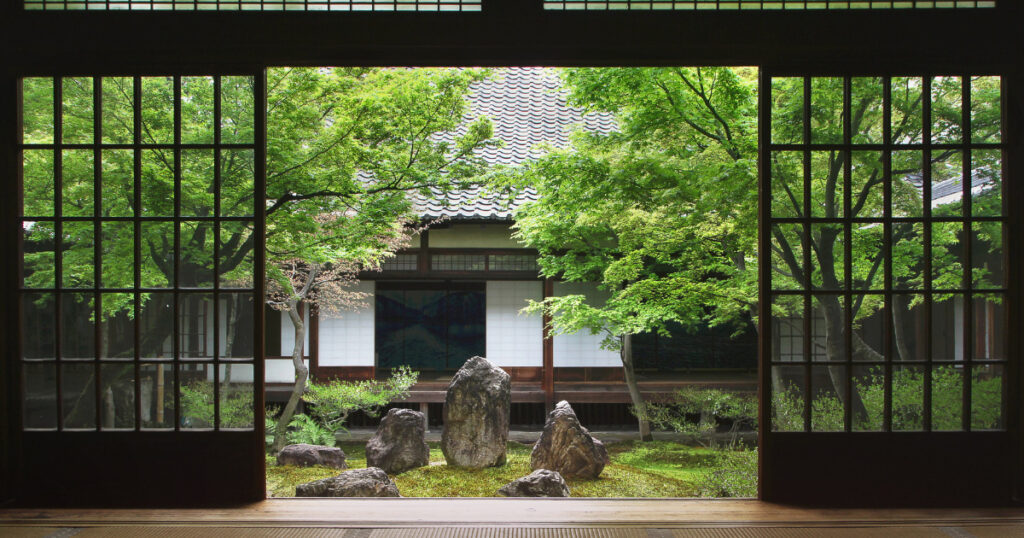
Japan presents a captivating fusion of tradition and modernity, creating a landscape that is uniquely its own.
In Japan, ancient Shinto shrines stand in harmony with the bustling, neon-lit urban jungles. This juxtaposition of the deeply traditional with the strikingly futuristic defines the unique character of the country.
Exploring both the old and new facets of Japan is essential for a holistic experience. The blend of centuries-old traditions and cutting-edge technology offers a glimpse into the country’s rich cultural tapestry.
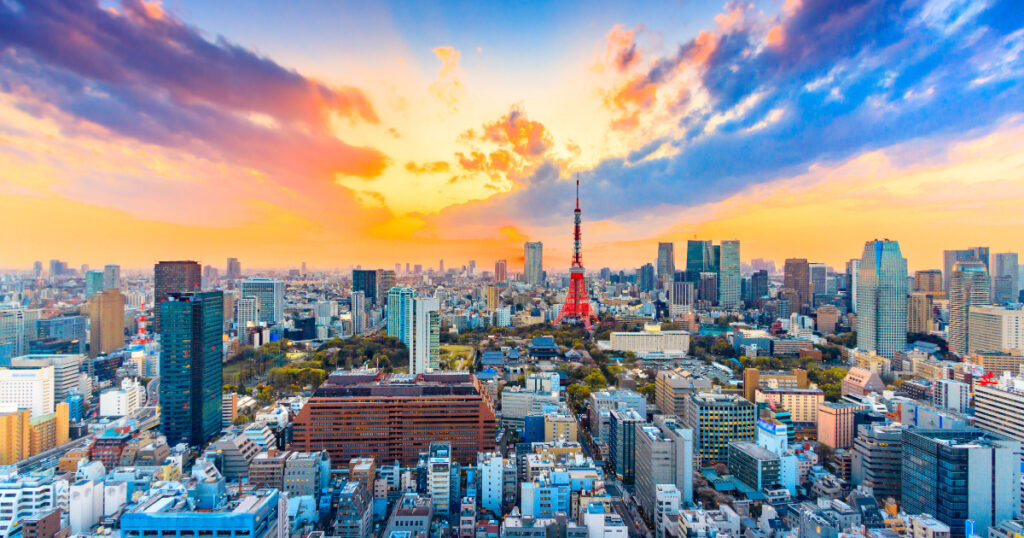
With these top 12 tips, you’re now ready to fully embrace the wonders of Japan. From local customs to culinary delights, your Japanese adventure promises to be a journey of unforgettable experiences and discoveries. Enjoy every moment!

